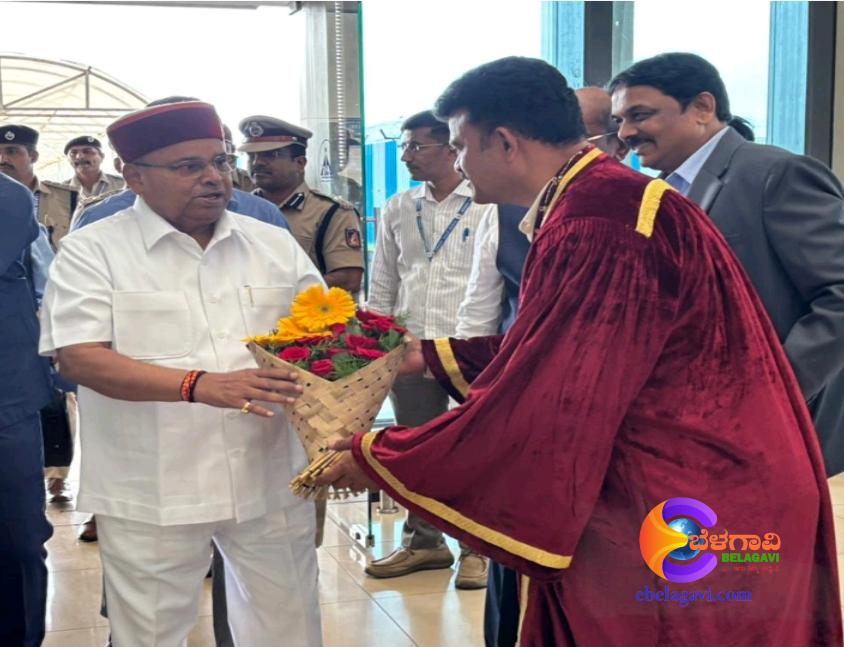**Belagavi District Division
‘The State’s Focus Turns Towards Supreme Court Verdict’**
Belagavi:
The issue of dividing Belagavi district — the largest and most administratively vast district in Karnataka — has once again become a topic of heated discussion in the state’s political circles.
However, this time, with the border dispute case pending before the Supreme Court, curiosity has grown about what direction this district division issue might take.
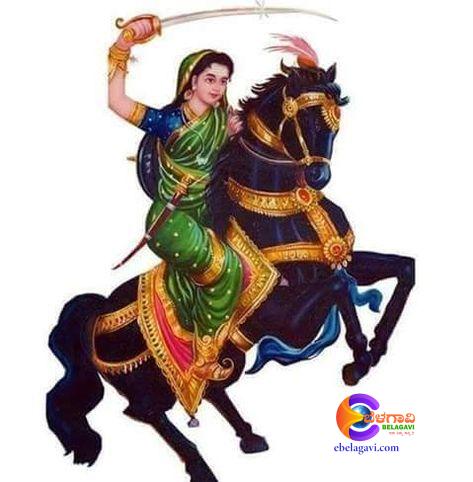
Even during the height of tensions over the Karnataka-Maharashtra border issue, all four committees set up by the Karnataka government had expressed the opinion that dividing the district would be appropriate.
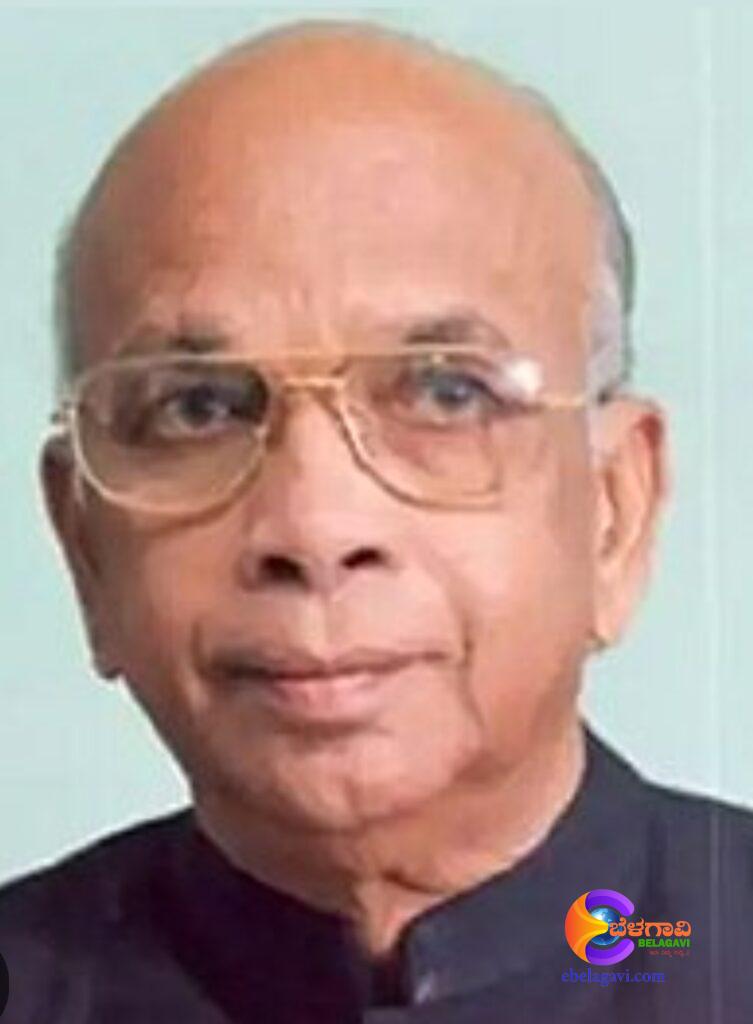
Yet, during the tenure of Chief Minister J.H. Patel, taking into account the appeals of Kannada organizations, the proposal to divide Belagavi district was set aside in the Assembly itself.

Previously, in the presence of District In-charge Minister Satish Jarkiholi, Chief Minister Siddaramaiah had raised the issue of dividing the district. Now, Rajya Sabha member Iranna Kadadi has reignited political debate by referring to a Union government census circular and proposing the district’s division.
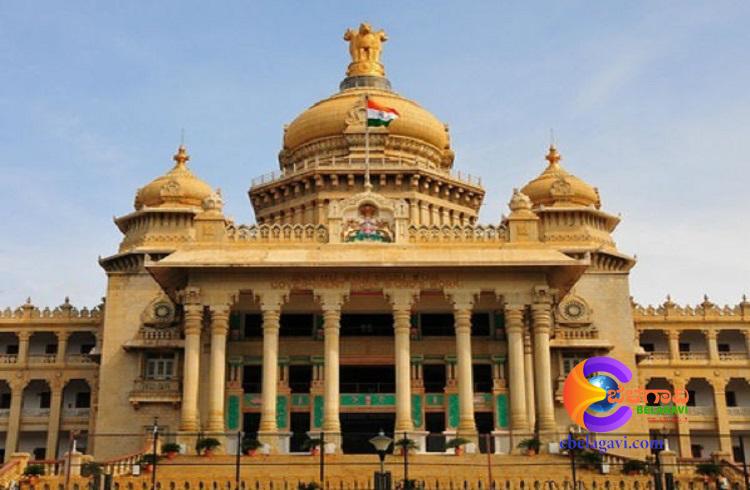
Notably, Kadadi has clearly stated that the border dispute is now a closed chapter, and that dividing the district would not create any issues. He has also strongly insisted that Gokak should be made a district.
Who opposes which proposal?
When considering the division of the entire Belagavi district, no consensus emerges on which area should be formed into a separate district.
It’s important to note that out of the four government-appointed committees, three recommended creating Chikkodi district with either Gokak or Bailhongal as its headquarters.
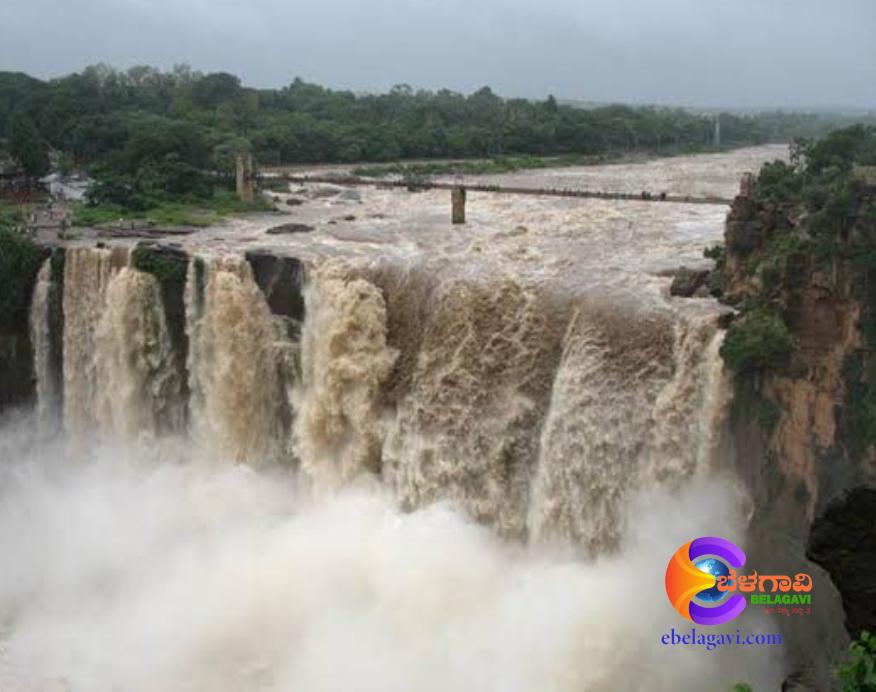
One committee suggested the creation of two districts.
Currently, if Chikkodi is made a separate district, people from Gokak are likely to oppose it. If Bailhongal is made a district, opposition would come from people of Chikkodi, Bailhongal, and Saundatti.
What did the committees recommend?
Hundekar Committee (1980s)
This committee was formed to study the demands arising from Belagavi’s cultural and linguistic diversity, vast area, and administrative imbalances.
Key recommendations:
Divide Belagavi and create a separate Chikkodi district to make administration easier.
Consider Gokak or Athani as the district headquarters.
M.P. Prakash Commission (2004–06)
Formed during a period when the demand for division had gained political momentum, this commission was tasked with studying administrative reforms and the need for new districts.
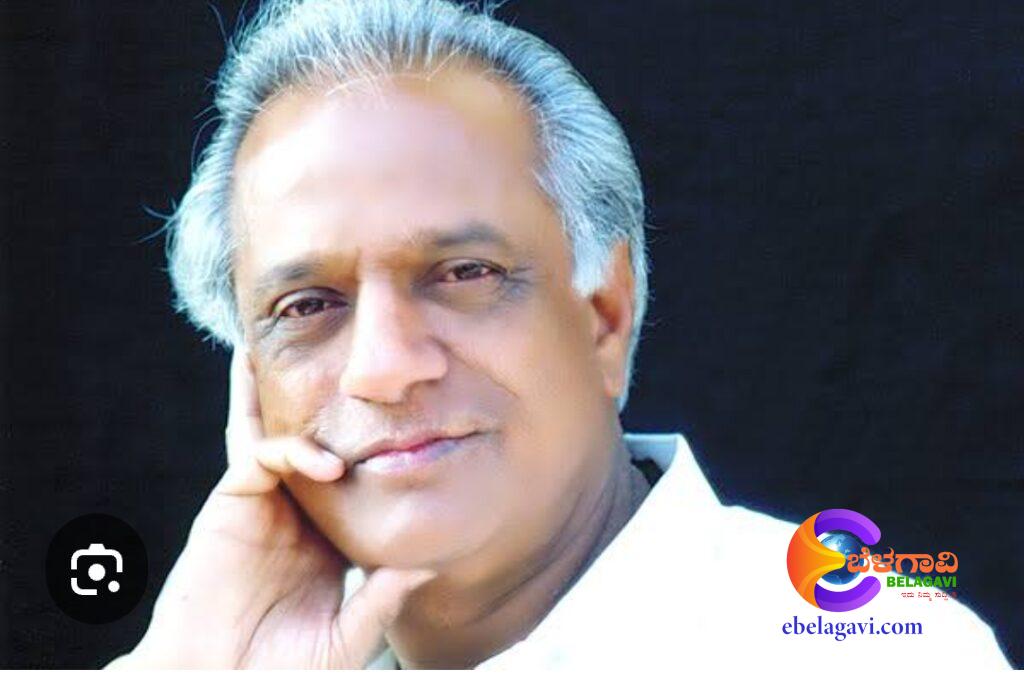
Recommendations:
The current size of Belagavi district has led to serious administrative imbalance.
A new district should be formed with Chikkodi as the headquarters.
Gokak could also be considered as a district headquarters.
Decisions should be made in a way that does not cause injustice to the general public on linguistic grounds.
Vasudeva Commission (2008)
Formed to study reorganization for administrative improvements, this commission came close to making firm recommendations.
Recommendations:
Division is necessary for administrative improvement.
Chikkodi should made a new district.
Gokak or Athani could be considered as district headquarters.
New districts would help ensure equitable distribution of basic infrastructure.
Gaddigoud Committee (Post-2012)
Formed in response to renewed political pressure from representatives demanding division.
Recommendations:
Belagavi district should be reorganized into at least two districts.
Separate districts are essential for efficient administration and effective implementation of development plans.
The division should consider regional characteristics and development disparities.
If Kannada organizations hadn’t fought back…
Politicians of Belagavi district, cutting across party lines, have consistently demanded the district’s division for administrative reasons. On August 22, 1997, ministers and legislators of the then Janata Dal government were themselves responsible for pushing a plan to split the district into three.
If Kannada organizations and religious leaders had not waged a month-long struggle, the district would have been divided into three.
These organizations have consistently argued that the administrative needs of the people can be met without dividing the district. Yet, politicians have not focused on exploring such alternatives.
Towns and villages as far as 150 km from the district headquarters could be provided sufficient facilities through the Chikkodi and Bailhongal sub-divisions.
With the establishment of courts and offices in Chikkodi, people from far-flung villages have benefited.
Meanwhile, Maharashtra has recently taken an even more aggressive stance regarding the border dispute. Karnataka’s politicians have not paid enough attention to bringing the case — pending before the Supreme Court since 2004 — to a conclusion.
There is a need to put pressure on the Union government, the first respondent in the case, to bring it to an end.
It is essential to ensure that Maharashtra’s claim is rejected.
If that happens, the Union government will be in a position to declare the border dispute a closed chapter. Once the Union government declares the dispute resolved, no one will be able to object to the division of Belagavi district.
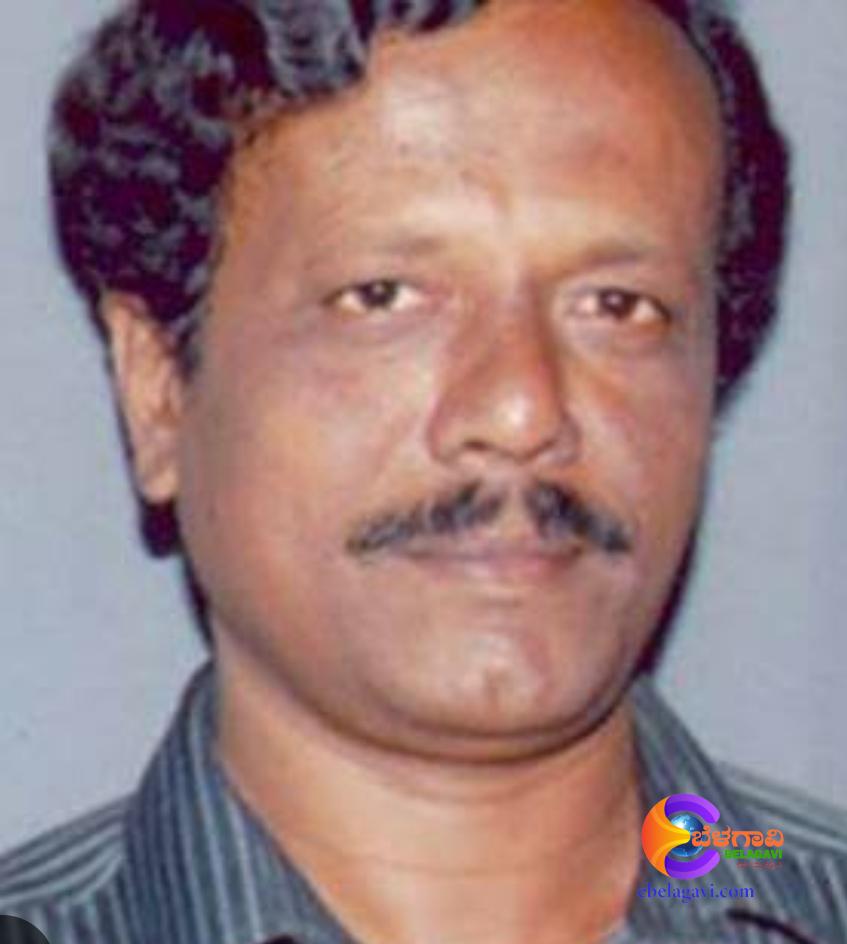
Ashok Chandargi
President, Belagavi District Kannada Organisations Action Committee




